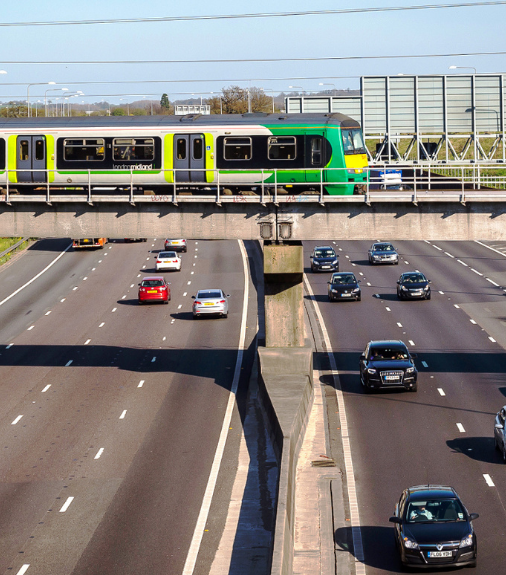

The Office of Rail and Road (ORR), responsible for the economic and safety regulation of Britain’s railways and the economic monitoring of National Highways, faced a hugely complex & challenging landscape.
In the context of an ongoing, comprehensive Rail Reform agenda, the leadership sought to design a new Target Operating Model. This agenda aims to create a single guiding mind for the national network, bringing together track and train oversight under a new commercial and operational rail franchise system. Additionally, the reform considers the impact of COVID-induced shutdowns, financial pressures, and the potential significant expansion of ORR’s powers and remit. The new model would better support the delivery of high standards and performance levels while managing several high-risk changes within the sector.
Q5 was engaged to develop the strategic and high level organisational Operating Model, and support the development of ORR’s own change skills, working in an agile way with the inhouse team to maintain the right scope and focus even as significant aspects of the legislative and rail sector landscape continued to evolve through the project.
The TOM was developed over a 4 month period, with a diverse and multi-layered consultation across the ORR organisation to ensure it considered the priorities and requirements ORR’s legal responsibilities, its various stakeholders, the industry, key operational services, HM Treasury and ORR’s (externally appointed) Board. The analysis process was comprehensive, working from first principles to review and framework all the activities underway across ORR’s complex portfolio, mapping current performance, anticipating the critical issues likely to emerge from the changes in the sector & articulating the right goals and approach for ORR.
The design options were built up over several weeks with a Senior Design Team, with frequent ExCo engagement to validate assumptions, judgements and assessments. Following selection of the best possible TOM, the key change areas and roadmap, along with a supporting change narrative, were developed with the leadership and validated with the Board. In support, high impact structural, capability, capacity, and ways of working elements required for success were mapped out, and development sessions were undertaken with 40+ senior leaders to build the change leadership skills & behaviours which would enable them to drive the organisation through the TOM implementation.
